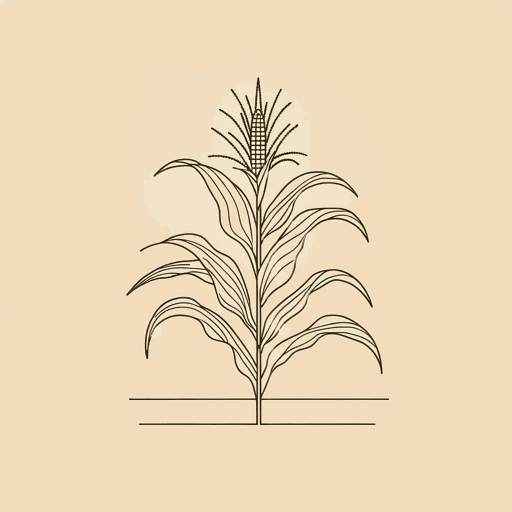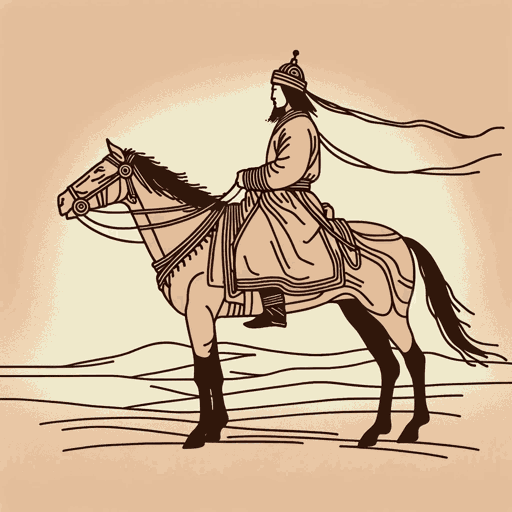40 pages • 1 hour read
Jack WeatherfordIndian Givers: How the Indians of the Americas Transformed the World
Nonfiction | Book | Adult | Published in 1988A modern alternative to SparkNotes and CliffsNotes, SuperSummary offers high-quality Study Guides with detailed chapter summaries and analysis of major themes, characters, and more.
Chapters 4-6Chapter Summaries & Analyses
Chapter 4 Summary: “The Food Revolution”
Chapter 4 opens with the function of the ancient Peruvian city of Machu Pichu, which has long been debated. Weatherford suggests the ancient Incas may have built it as an agricultural laboratory, with plant cultivation and experimentation being seen as a sacred activity by their people (62).
New World peoples domesticated cheap and nutritious crops that became vital to the Old World, especially the potato. The Quechua cultivated and developed it, as well as ways to freeze-dry and preserve it. The importation of the potato, Weatherford contends, had an even greater impact on Europe than silver. Previously the Old World diet was based on domesticated grasses: grain crops like wheat, barley, and oats. Potatoes are a more energy-rich product that require less labor than grains. They have a shorter growing time and don’t require as much attention to grow or labor to process for eating. The potato could be incorporated into a variety of dishes and provided health benefits as a valuable source of vitamin C. Potatoes were also less prone to creating cavities (67).
The potato flourished in Europe’s cool and damp growing conditions. Ireland enthusiastically embraced it in the second half of the 16th century; from there it spread throughout the British Isles, mainland Europe, and finally to Russia in the 1830s and ’40s.
Related Titles
By Jack Weatherford


